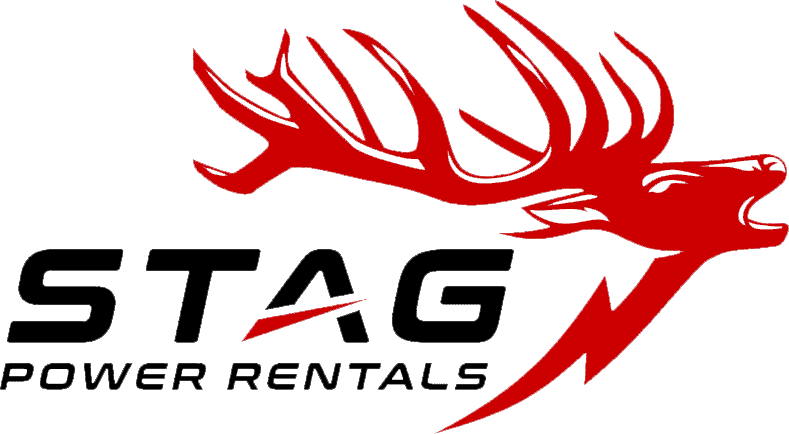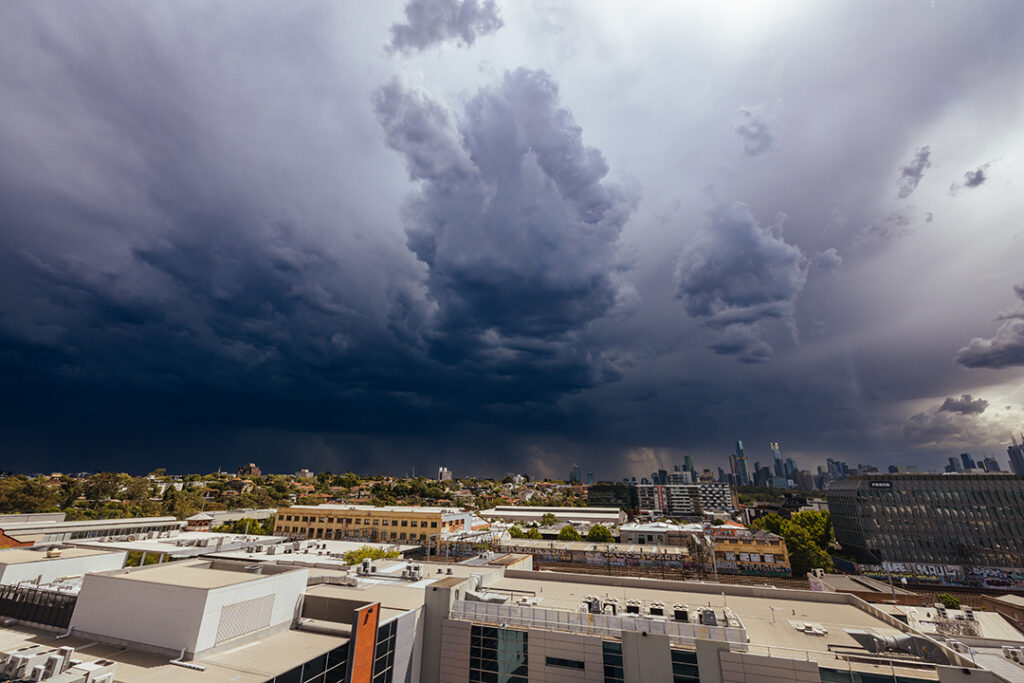Power outages, flooding, and disrupted infrastructure follow hurricanes. For commercial, industrial, and municipal operations, quick recovery is not just about convenience. It is about maintaining safety, avoiding downtime, and controlling long-term costs. Knowing how to prepare and respond with the right power equipment should be a key part of your disaster recovery plan.
From managing portable generator logistics to optimizing site operations in low-power conditions, having reliable emergency systems and post-hurricane strategies in place can significantly ease recovery. This survival guide shares proven post-hurricane recovery practices with a special focus on rental generator tips and practical hacks that ensure continuity when your facility faces storm-related disruptions.
Understanding Post-Hurricane Recovery Priorities
After a major storm, the first 24 to 72 hours are critical for facilities to stabilize operations. The focus during this period should be on:
- Restoring power for essential systems (lighting, security, communication).
- Maintaining safe indoor temperatures and ventilation.
- Preventing damage to inventory, equipment, and data.
- Supporting emergency teams and essential personnel on-site.
Facilities with backup plans and flexible rental generator support recover faster and with fewer financial setbacks. Energy needs must be reassessed daily, and access to scalable generator power makes all the difference.
Why Rental Generators Are Critical During Recovery
Many businesses rely on rented power equipment to handle storm-related outages. Unlike permanently installed systems, industrial rental generators offer:
- Immediate deployment during power grid failures.
- Flexible capacity from 20kW to 20,000kW.
- Compatibility with multiple applications (pumps, lighting, HVAC, control panels).
- Scalable usage across shift-based billing structures.
Whether your project requires basic site re-powering or complete operational load coverage, rental generators offer a cost-effective and dependable solution. For businesses considering more permanent solutions, exploring industrial standby generators is also worthwhile for long-term hurricane preparedness.
Evaluating Generator Size and Load Capacity
Choosing the right generator size is one of the most important decisions after a hurricane. Oversized units lead to unnecessary fuel consumption, while undersized generators may overheat or fail under pressure. Conduct a rapid post-storm load audit to estimate your real-time energy demand.
| Application | Estimated Load (kW) | Recommended Generator Size |
| Small Retail Operation | 20–60 kW | 60 kW Diesel Generator |
| Office/IT Facility | 100–250 kW | 250 kW Generator with UPS Integration |
| Industrial Warehouse | 500–1,000+ kW | 1 MW Modular Unit or Parallel Generators |
Also factor in surge loads from HVAC systems, elevators, or large motors. Use a power calculator or consult with rental experts to ensure compatibility.
Rental Generator Hacks That Speed Up Recovery
Power restoration after a hurricane isn’t just about equipment. It’s about execution. Here are real-world rental generator hacks that save time and reduce headaches:
- Pre-install quick-connect panels: Equip your facility with pre-wired generator interconnects. This eliminates rewiring time during deployment.
- Request spider boxes and I-line panels: These expand your power distribution flexibility and support segmented operations.
- Bundle cable rentals: Don’t assume power cords or extension panels will be available on-site. Always request additional cable kits with the generator.
- Use shift-based billing: For facilities operating on specific schedules, triple or double shift billing aligns better with usage, avoiding unnecessary cost.
- Opt for trailer-mounted generators: These provide mobility and can be easily repositioned across multiple sites or loading zones. Industrial trailer-mounted generators are especially valuable for moving power resources where they’re needed most.
Additionally, always request fuel consumption estimates. Having extra fuel delivered pre-storm is often cheaper than emergency refueling after outages occur.
Common Generator Mistakes That Delay Recovery
Recovery failures often stem from preventable oversights. Avoid these frequent mistakes when working with rental generator systems:
- Running generators without proper grounding risks equipment damage.
- Overlooking the effects of humidity on fuel storage, which can cause clogs.
- Failing to test-load backup generators before deployment.
- Using incompatible cables or failing to label circuit coverage.
- Skipping intake ventilation checks, especially in high-heat environments.
Working with a rental provider experienced in post-hurricane scenarios helps avoid these pitfalls while maintaining compliance and uptime.
Power Accessory Rentals Streamline Your Workflow
Temporary power isn’t just about having the right generator. It’s about connecting that generator effectively to your systems. Accessory rentals play a critical role in efficient post-storm recovery:
- Transformer Rentals: Manage voltage regulation across different sections of your site.
- Cable Packages: Ensure every essential load is reachable, including HVAC units, freezers, or lift stations.
- Spider Boxes: Create safe temporary power splits for tools or modular trailers.
Rental providers that include these components in their offering help reduce downtime and improve safety during power restoration projects.
Site Readiness Planning for Faster Generator Deployment
Being ready before the storm hits makes the difference between a fast recovery and an extended shutdown. Business continuity plans should always include:
- Pre-arranged rental agreements with generator vendors.
- Clear site schematics showing power entry points and panel connections.
- Fuel delivery contacts and estimated usage plans.
- Dry storage locations for generators and cables.
Also designate a facility contact person who can direct crews during deployment. The faster equipment gets positioned, the sooner operations can resume. A well-constructed contingency power plan is essential for effective storm response.
Post-Recovery Generator Maintenance Best Practices
Once you activate your generator post-storm, maintenance is critical to keeping it functional until the grid is restored. Best practices include:
- Inspect oil levels every 8–12 hours of operation.
- Monitor exhaust and fuel filter indicators.
- Use clean, dry fuel to avoid contamination.
- Document operating hours for billing and servicing.
High-hour usage should be reported to your provider to schedule timely inspections or replacements, especially for extended outages lasting more than a week. Understanding generator maintenance requirements ensures consistent performance during critical periods.
Power Solutions That Support Business Recovery
Stag Power Rentals delivers dependable industrial generator rentals when you need them most. With one of the widest selections of emergency and contingency generators in the Houston and Texas Bay Area region, we support your recovery process with:
- Generator rentals from 20kW up to 20,000kW.
- Flexible shift-based billing (single, double, triple).
- Rapid delivery across Houston and the Texas Bay Area.
- Accessory rentals, including cables, I-line panels, transformers, and spider boxes.
- Emergency response readiness for hurricanes and natural disasters.
Backed by a dedicated team and deep industry knowledge, Stag Power Rentals ensures your operations stay powered even when the grid is down.
Our equipment is inspected, reliable, and ready for immediate dispatch. For businesses needing to understand their precise power requirements, our amperage chart can help calculate exact generator sizing needs.
Request a generator quote today and be storm-ready with a power partner who understands urgency, safety, and industrial resilience.


